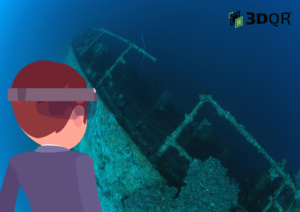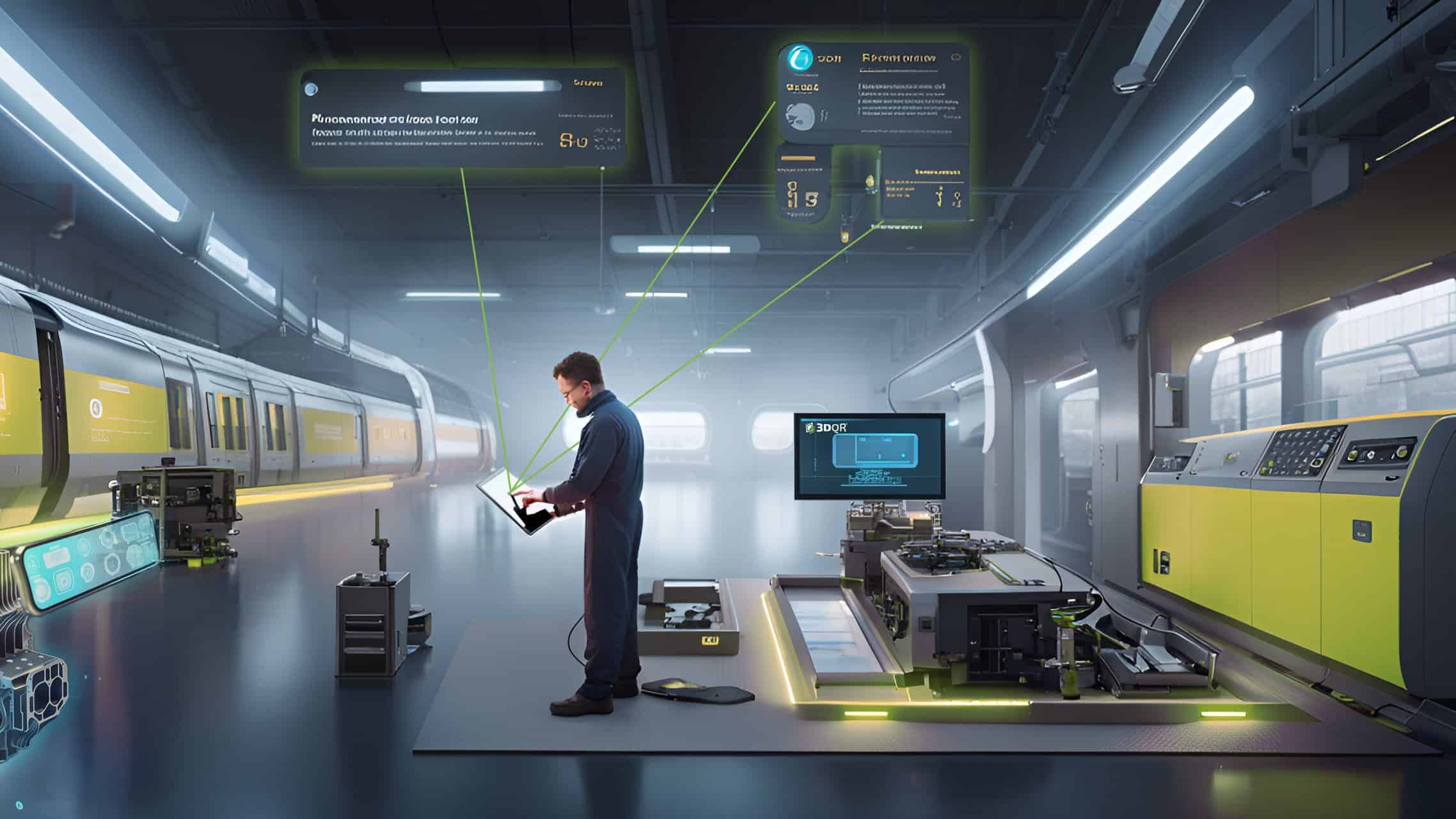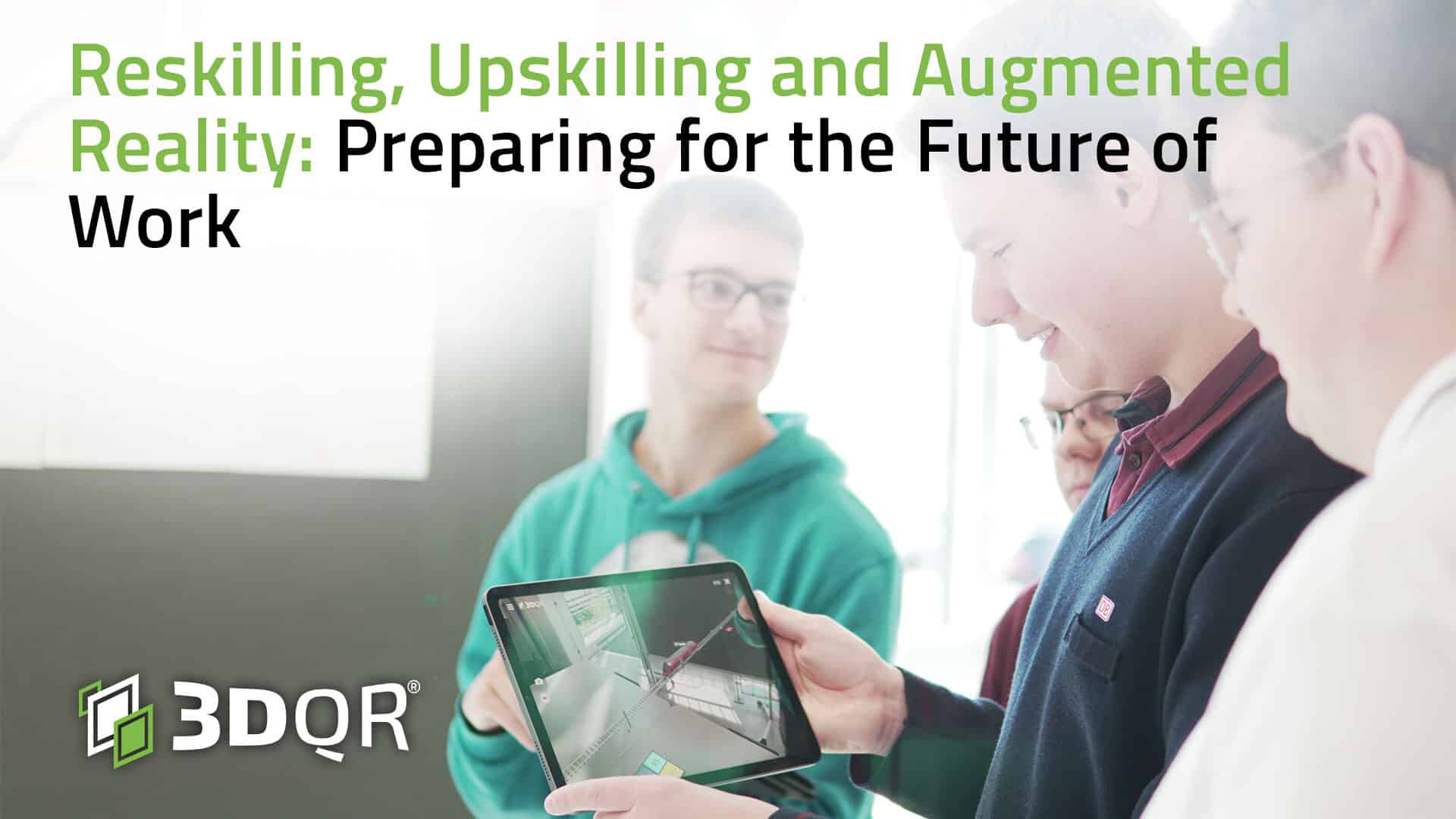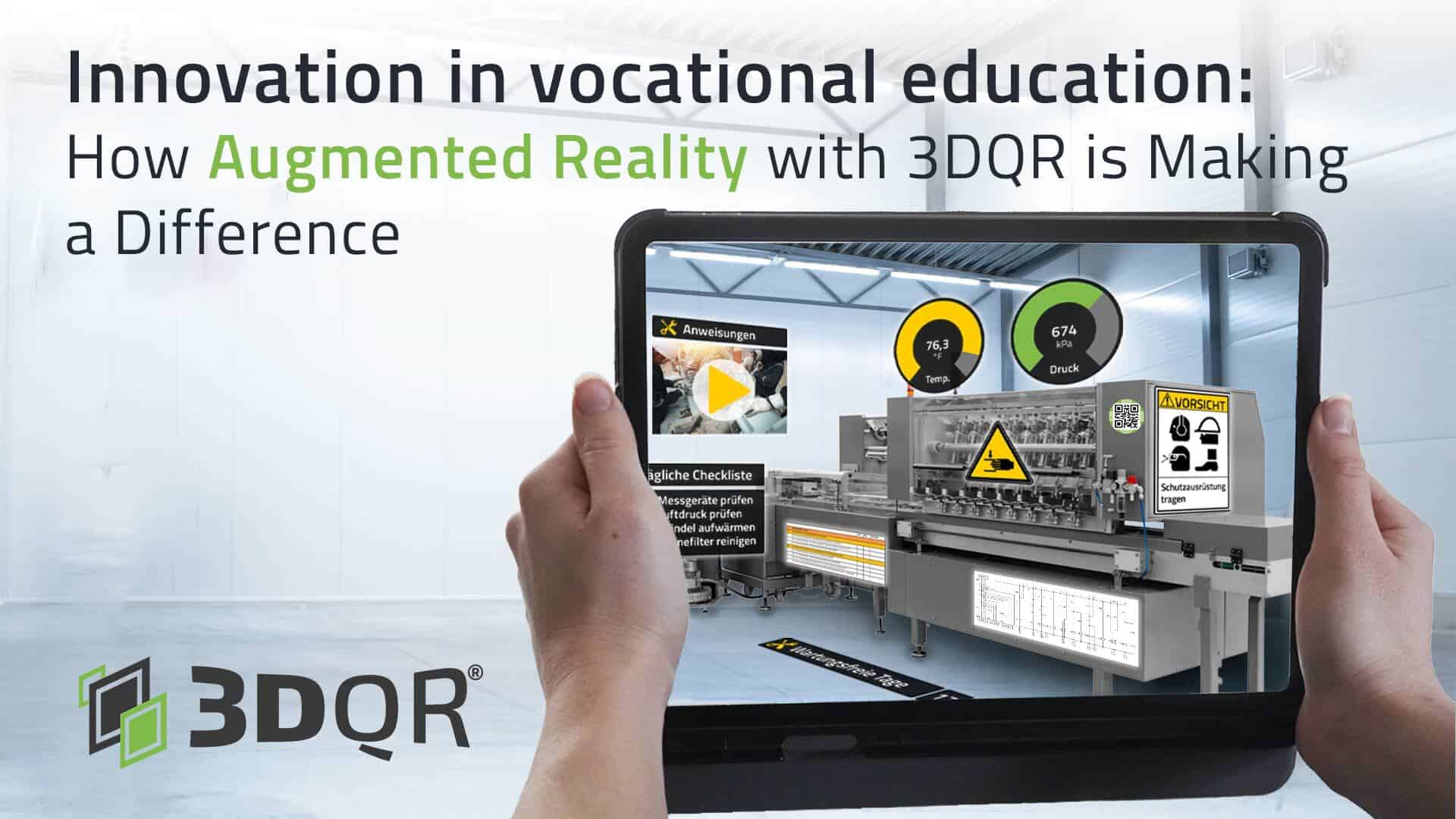Inhaltsverzeichnis
Thanks to the innovative technology of reality expansion, it will be possible to experience the Titanic up from the year 2020. This is an enormous step forward, since in our today’s society we are increasingly confronted with the challenge that young people are less and less interested in historical events and prehistoric achievements. Therefore, for conventional museums it is getting increasingly difficult to arouse the cultural and historical interest of many people.
In order to counteract this trend, some museums have recently started to use digital content to make the exhibits in their facilities more appealing and more modern. Thus, the idea of supplementing conventional and classic exhibitions with digital technologies is increasingly picked up by adding augmented reality or virtual reality features to real objects.
The aim of this visualization is to make museums more attractive for visitors and to provide them with valuable additional information which go beyond the actual exhibits.
Augmented Reality in particular is a very promising feature for creating a supplementary level with exclusive background information about the real environment by using mobile devices. This new technology offers numerous possibilities to simultaneously train and entertain visitors of exhibitions and museums. The novel fusion of interesting teaching content and exciting animations is also a methodology that the company 3DQR has dedicated itself to. With this technology they want to make learning more attractive and more entertaining.
But not only in museums or in classical teaching this innovative form of reality extension can be used effectively. Even for new historical discoveries 3D-models can be a valuable addition to reconstruct important
ancient buildings or objects and to preserve them for the future.
A recent example of such an application is the visualization of the cruise ship Titanic, which sank in 1912. After developing a special camera with which they could take unique pictures of the bacteria-eaten giant ship, researchers in the next step want to create detailed 3D-models from these pictures.
Furthermore, it is planned to prepare the image material in such a way that it can be displayed with VR technology. Thus, it should be able to experience the Titanic up close. Experts expect that the Titanic, which is located at a depth of 3,800 metres, will have completely dissolved by 2030. This will be the case due to the strong ocean current, the corrosion and the high bacterial contamination. For that reason, it is becoming more important to create an opportunity to recreate the famous passenger ship by using virtual 3D-models. Hence, a valuable contribution to the preservation of our historical heritage would be created.







